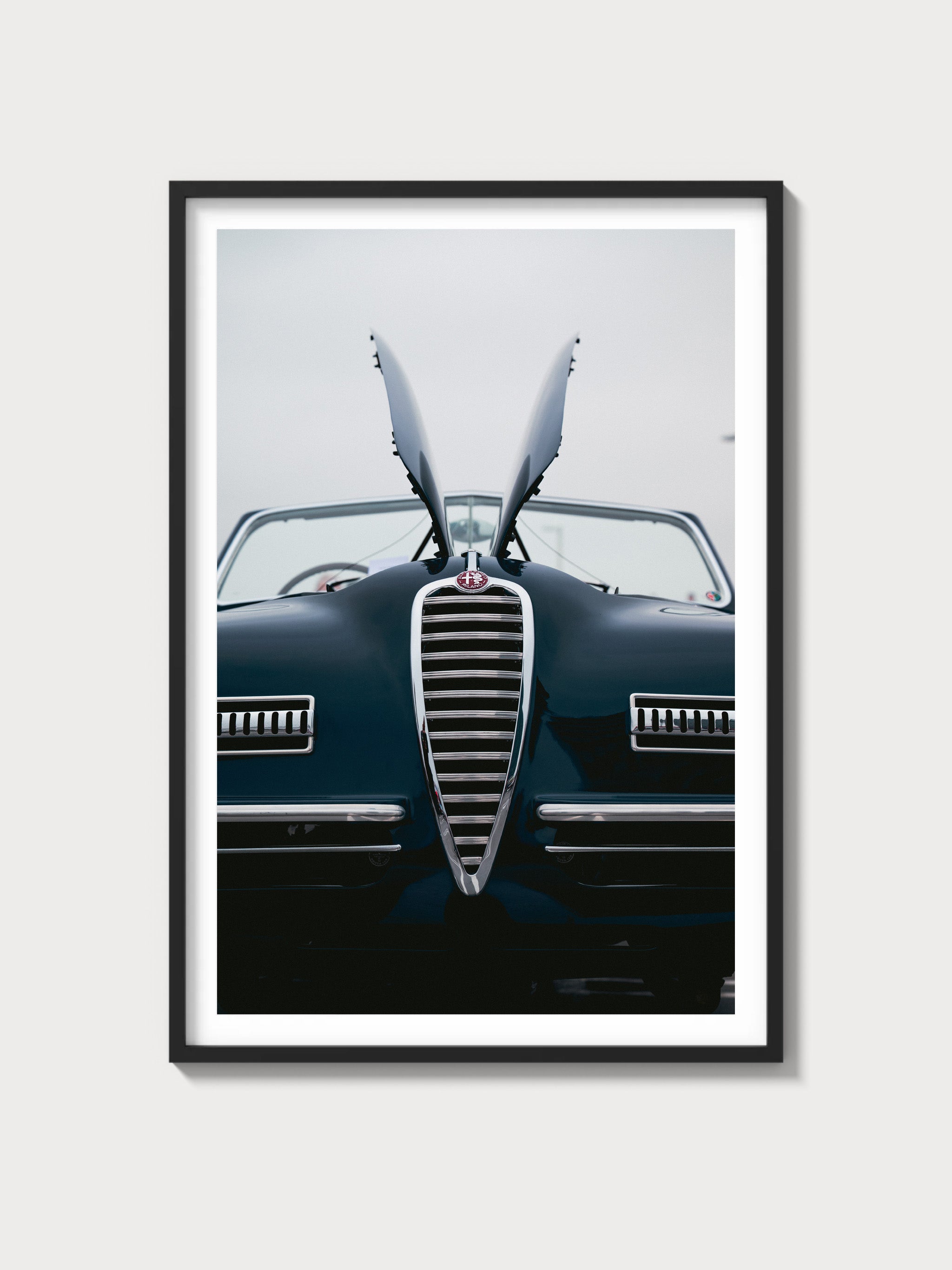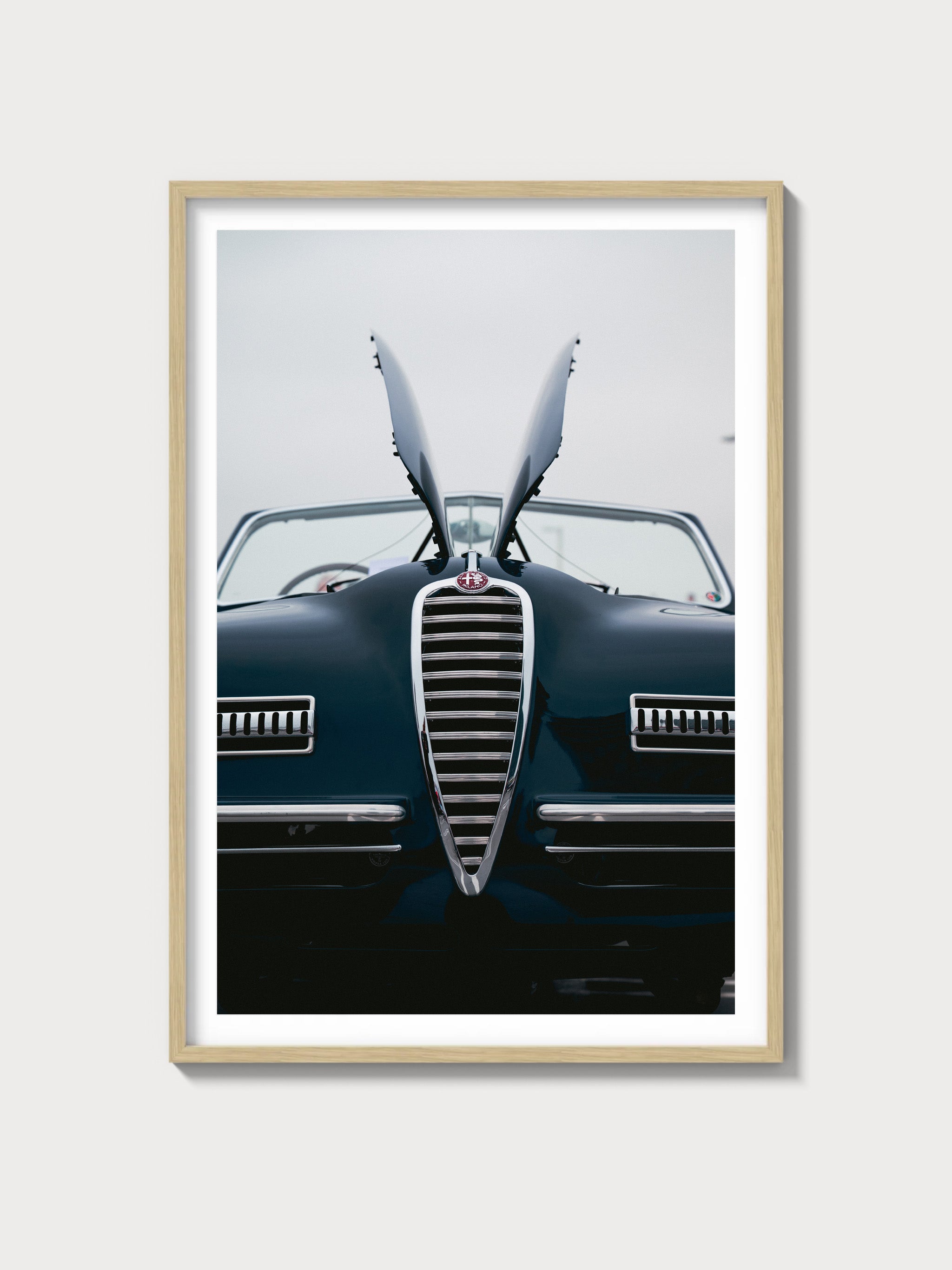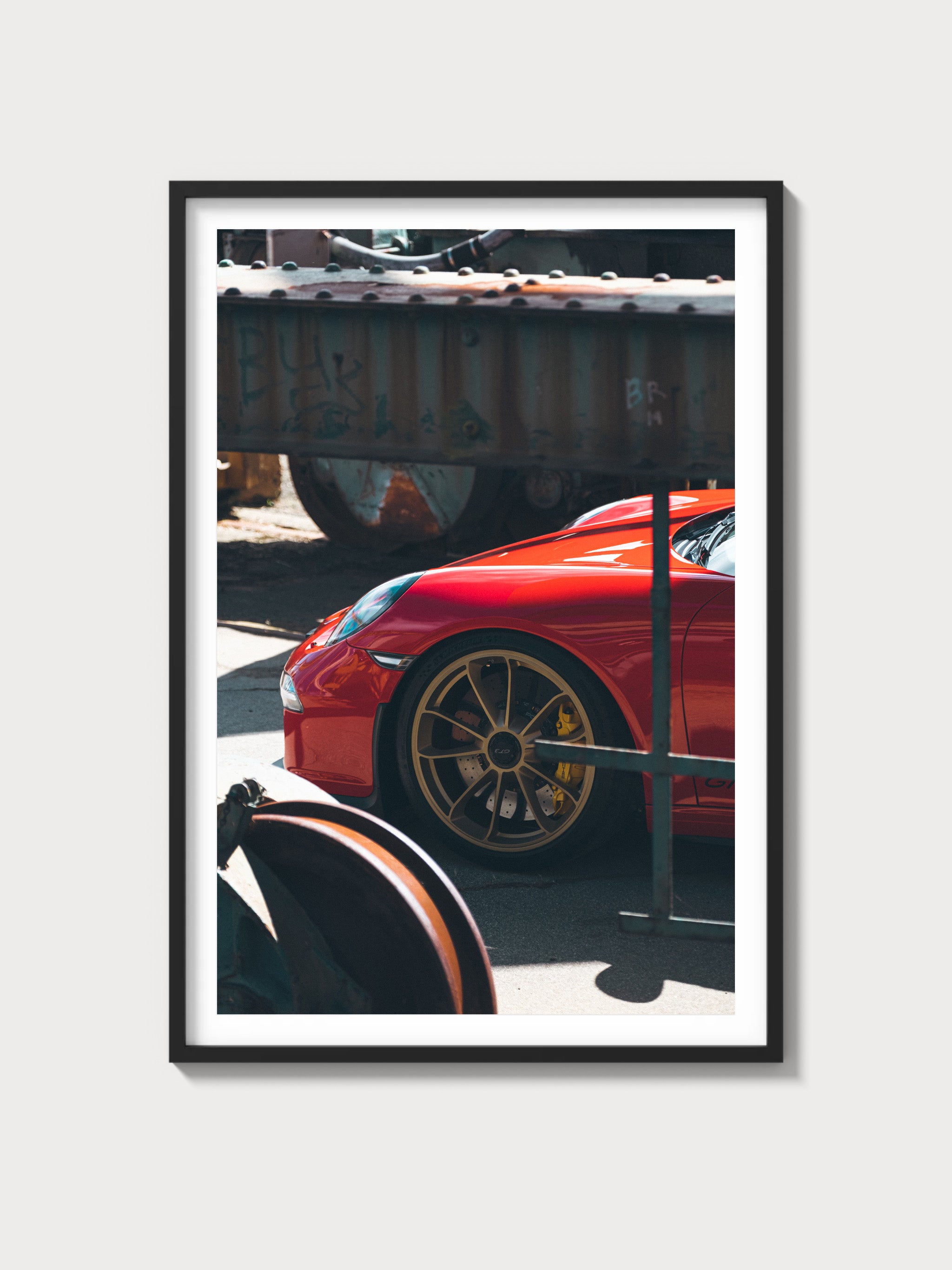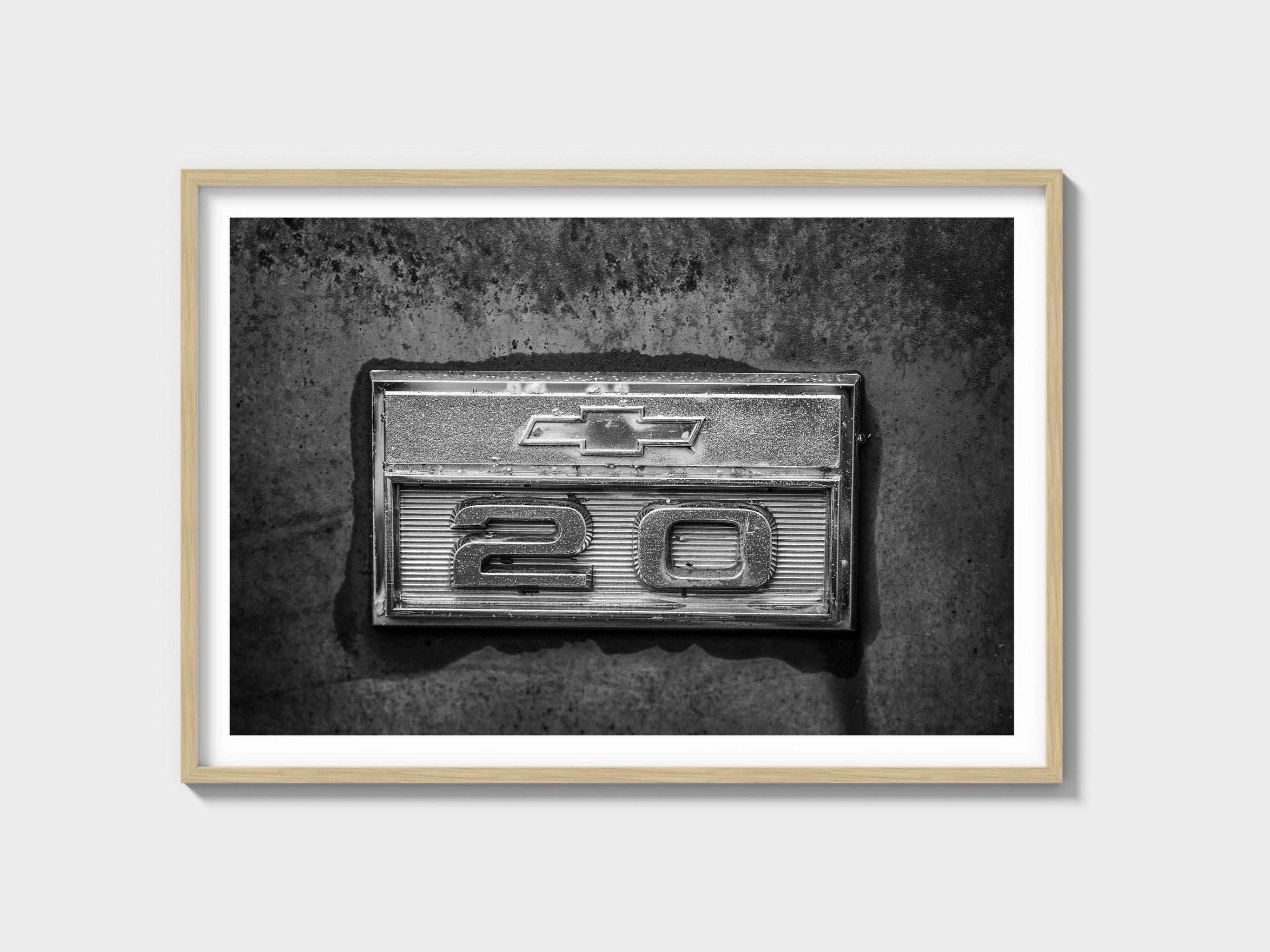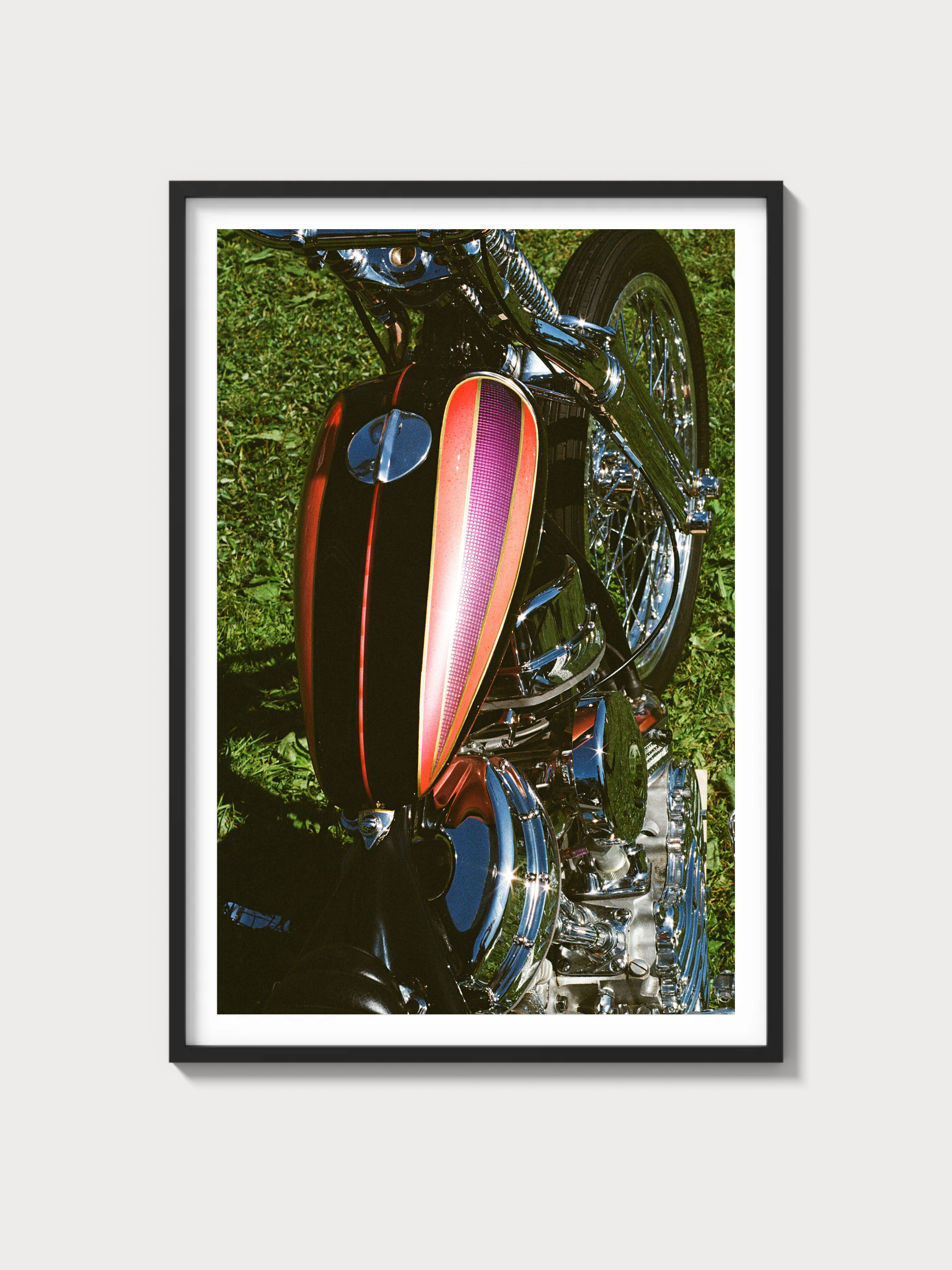The First Generation Ford Econoline E100 Van: A Comprehensive Overview
Historical Context and Development
The Ford Econoline E100, introduced in 1961, marked Ford's ambitious entry into the forward-control van segment. Designed to meet the burgeoning demand for compact utility vehicles, the Econoline was Ford's answer to the popular Volkswagen Type 2 and the Chevrolet Corvair Greenbrier. The Econoline's cab-over-engine design, inspired by its European counterparts, maximized cargo space while keeping overall dimensions compact. Ford's engineers focused on practicality, resulting in a vehicle that could serve both commercial and personal purposes with equal aplomb.
Engine and Technical Specifications
| Specification | Details |
|---|---|
| Engine Configuration | Inline-6 |
| Displacement | 2.4L - 2.8L |
| Horsepower | 85-105 hp |
| Induction Type | Natural Aspiration |
| Redline | 4,500 RPM |
| Fuel System | Carburetor |
| Compression | 8.0:1 |
| Bore/Stroke | 3.50 in / 3.91 in |
Driving Experience and Handling Dynamics
Behind the wheel, the Econoline offered a unique driving experience characterized by its forward-control layout. The suspension, although rudimentary with a solid front axle and leaf springs, provided a surprisingly compliant ride for its era. The three-speed manual gearbox was standard, delivering a tactile engagement that required deliberate shifts. Steering was manual, offering a raw, unfiltered connection to the road that modern vans lack. Despite its modest power output, the Econoline was capable of navigating urban environments with agility.
Performance Specifications
| Performance Metric | Value |
|---|---|
| 0-60 mph | 20 seconds |
| Top Speed | 75 mph |
| Quarter Mile | 21.5 seconds |
| Weight | 2900 lbs |
| Layout | FR Layout |
| Brakes | Drum (Front and Rear) |
| Suspension | Solid Axle with Leaf Springs |
| Gearbox Type | 3-Speed Manual |
Variant Breakdown
- Standard E100: Basic trim with standard features.
- Custom E100: Offered additional chrome trim and custom upholstery options.
- Supervan: Extended wheelbase variant for increased cargo capacity.
Ownership Notes
Owning a first-gen Econoline today demands an appreciation for vintage engineering. Maintenance is straightforward but requires attention to the cooling system and regular valve adjustments. Parts availability is decent due to the vehicle's popularity, although certain trim pieces can be elusive. Restoration difficulty is moderate; however, rust can be a significant issue given the van's propensity for corrosion.
Cultural Relevance
The Econoline E100 has secured its place in automotive folklore, frequently appearing in period-correct restorations and custom builds. Its appearances in movies and TV shows from the 1960s and 70s have cemented its status as an icon of American utility. Collector interest remains steady, with well-preserved examples fetching respectable sums at auctions, reflecting its enduring charm and historical significance.
FAQs
What are common reliability issues with the Ford Econoline E100? Frequent issues include cooling system failures and rust-related problems.
How has the value of the Econoline E100 trended over time? The value has appreciated steadily, with a significant interest from collectors in recent years.
What are the known engine specifications for the Econoline E100? The Econoline E100 was equipped with an inline-6 engine, offering between 85 and 105 horsepower, depending on the model year.








































